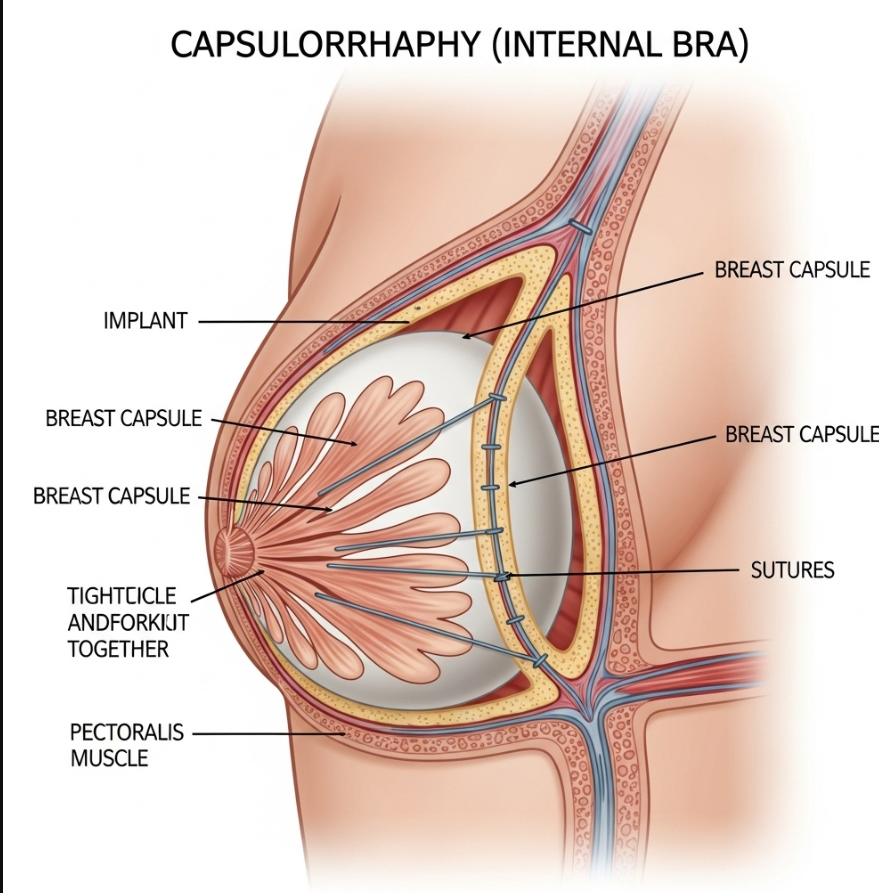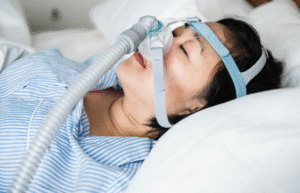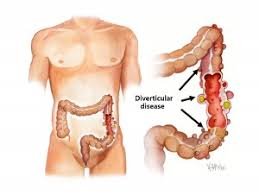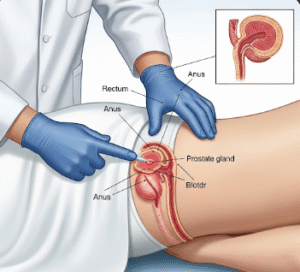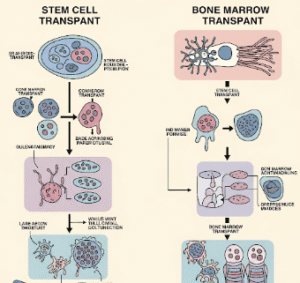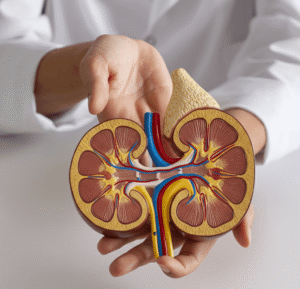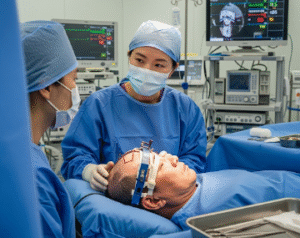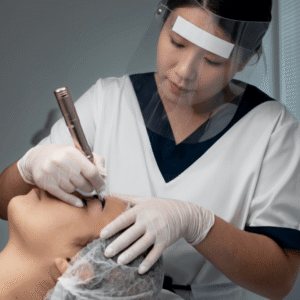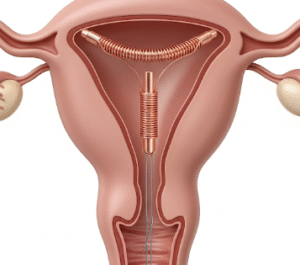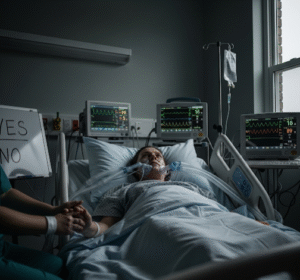What It Is
Capsulorrhaphy, often referred to as the “internal bra” technique, is a surgical procedure used to correct problems related to breast implant position. Over time, implants can shift, leading to bottoming out, lateral displacement (side movement), symmastia (implants too close together), or implant malposition.
The procedure involves suturing and tightening the breast capsule or creating a new internal pocket to hold the implant in the desired position. This acts like an “internal bra,” supporting the implant and enhancing long-term breast shape. In Korea, surgeons often combine capsulorrhaphy with acellular dermal matrix (ADM), mesh, or fat grafting for additional reinforcement and natural results.
Why It’s Done
Patients undergo capsulorrhaphy because:
- Implants have shifted downward, outward, or inward.
- The breasts look asymmetrical due to implant displacement.
- They want a long-lasting correction without replacing implants unnecessarily.
- They need stronger internal support after repeated implant surgeries.
Good candidates include:
- Women with implant malposition after augmentation or reconstruction.
- Patients with good overall health who want a more natural, stable result.
- Those with recurrent implant complications needing structural reinforcement.
Alternatives
- Implant removal (explant) for those who no longer want implants.
- Implant exchange alone, though without capsulorrhaphy, malposition may recur.
- Fat transfer to the breast for natural enhancement without implants.
Preparation
Before capsulorrhaphy in Korea, patients will:
- Undergo consultation with 3D imaging and breast scans to assess implant position.
- Stop smoking and alcohol 2–4 weeks before surgery.
- Avoid blood-thinning medications and supplements.
- Decide whether to keep current implants, exchange them, or combine the procedure with a lift or fat grafting.
How It’s Done
- Anesthesia: General anesthesia is typically used.
- Incision: Often made through previous scars to avoid additional marks.
- Capsule repair: Sutures are placed to close and reinforce the capsule, repositioning the implant.
- Internal bra reinforcement: Materials like ADM (acellular dermal matrix), mesh, or synthetic support may be added for strength.
- Implant adjustment: Existing implants may be repositioned or exchanged.
- Closure: Sutures are carefully placed, and dressings applied.
- Duration: 2–4 hours depending on complexity.
Recovery
- First week: Swelling, tightness, and mild discomfort are expected.
- Hospital stay: Often outpatient, but sometimes 1 night depending on extent.
- Return to activities: Light duties in 1–2 weeks; strenuous exercise avoided for 4–6 weeks.
- Final results: Breasts appear more symmetrical and stable within 2–3 months.
Possible Complications
- Recurrence of implant displacement.
- Infection or delayed wound healing.
- Visible scarring (though minimized with Korean techniques).
- Capsular contracture (rare but possible).
- Implant-related complications such as rupture or asymmetry.
Treatment Options in Korea
Diagnosis
Korean surgeons use 3D simulations, ultrasound, and MRI to evaluate implant position and capsule condition before planning capsulorrhaphy.
Medical Treatments
- Support bras or external garment solutions for temporary stabilization (not permanent).
Surgical or Advanced Therapies
- Capsulorrhaphy with suturing only for mild malposition.
- Internal bra with ADM or mesh for stronger reinforcement.
- Capsulorrhaphy with implant exchange for patients needing new implants.
- Combination with mastopexy or fat grafting for enhanced shape and natural contour.
Rehabilitation and Support
- Scar care with silicone gels or fractional laser if needed.
- Long-term monitoring of implant stability and breast symmetry.
- Guidance on supportive bras to maintain results.
- International patients benefit from Korea’s expertise in revision breast surgery, advanced reinforcement materials, and tailored aftercare programs.

